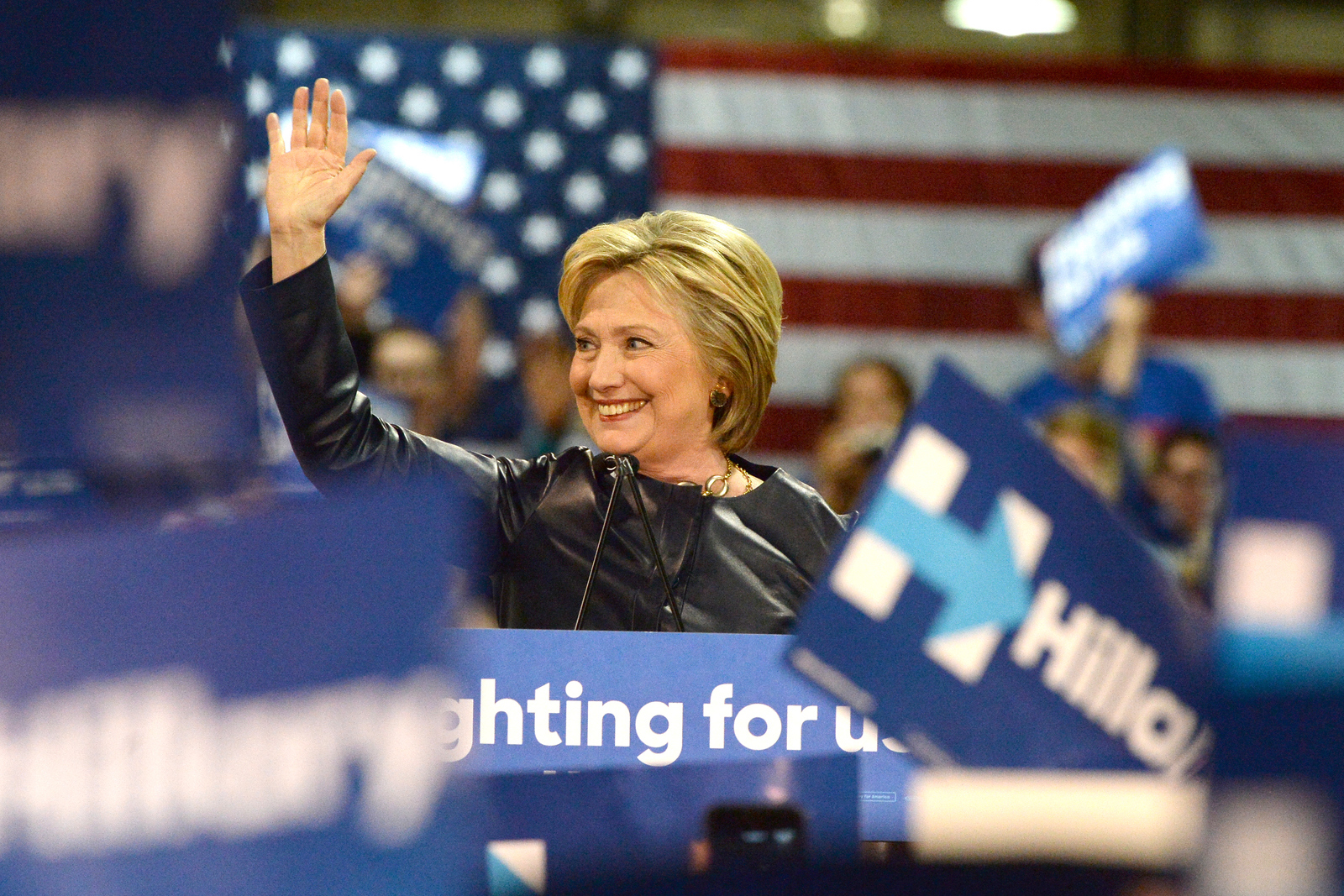Last year, the U.S. election campaign and Donald Trump’s eventual win reminded the world how difficult it can be for women to be accepted as government leaders. In 2017, there are currently only 18 female heads of state and/or government. And according to statistics from the International Parliamentary Union, women make up just 23.3% of national parliaments.
Yesterday, we highlighted women in STEM. Today we’re celebrating the ladies who’ve made it to the top job in government.
If you had to guess where the first female heads of government were elected, what would you say? We all know it wasn’t the United States of America… but would you name Sri Lanka and India? It turns out, when it comes to modern heads of government, the Indian subcontinent was way ahead of the rest of the world in elevating women to the top role.
The first female prime minister: Sirimavo Bandaranaike of Sri Lanka
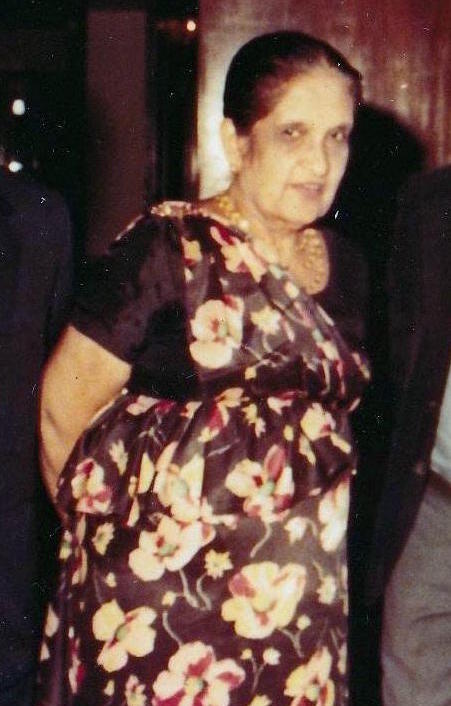
The modern world’s first female head of government was Sirimavo Bandaranaike, who was elected Prime Minister of Sri Lanka in 1960. She took over as leader of the party her husband started, the Sri Lankan Freedom Party, after his assassination in 1959. She was defeated in the elections of 1965, but went on to serve two more terms as Prime Minister – from 1970–77 and 1994–2000, when she was forced to step down due to poor health, and later died. Sirimavo’s socialist government was concerned with raising the standard of living in Sri Lanka. Her government was also responsible for the nation leaving the Commonwealth, no longer the Dominion of Ceylon but the Republic of Sri Lanka.
She is remembered today for stabilising the SLFP and the Sri Lankan government and working to promote and strengthen the nation’s cultural identity. Unfortunately, in her efforts to distance Sri Lanka from Britain, her pro-Buddhist and pro-Sinhalese language policies, she alienated the Tamil population, which tipped the nation into civil war. Still, she remains the longest-serving female PM in history, and her political legacy continued with both her son and daughter entering politics. Her daughter became the nation’s first female president in 1994.
The world’s second female PM: Indira Ghandi of India
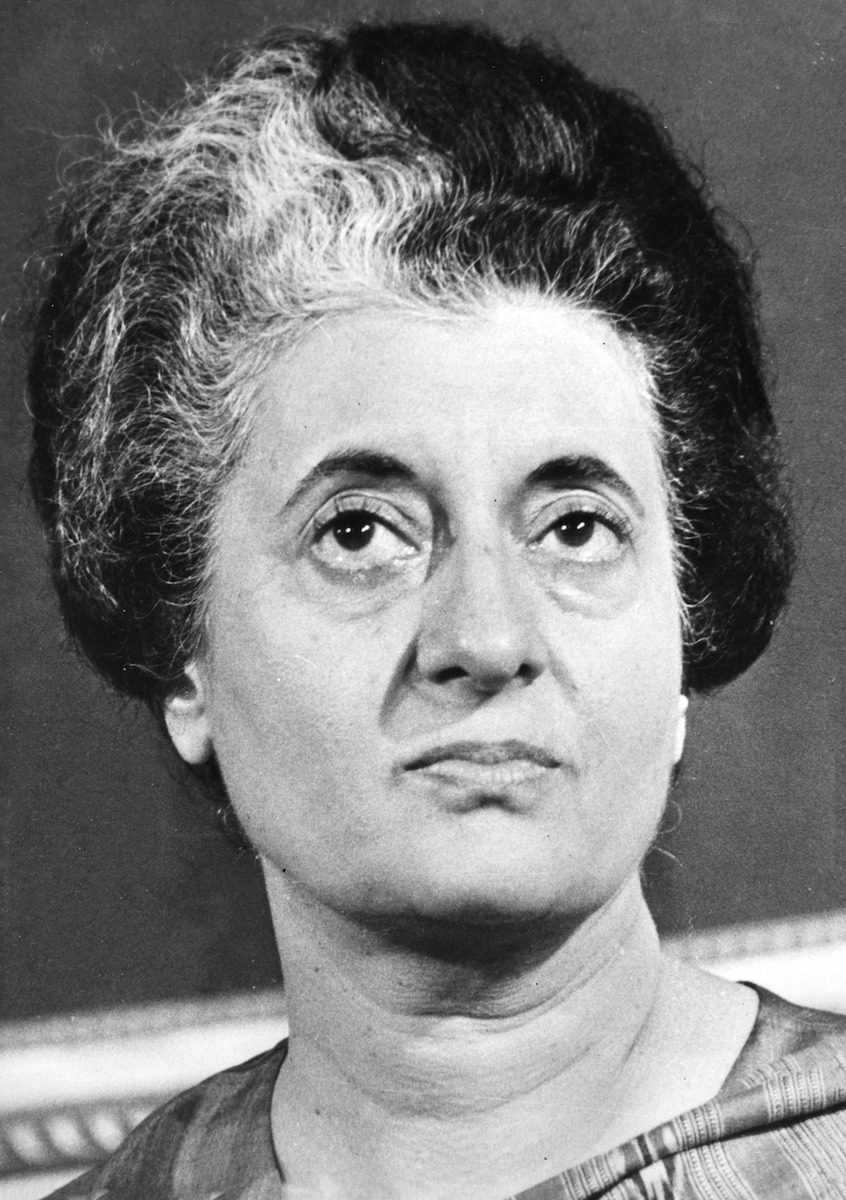
Indira Ghandi showed political tendencies at an early age. At just 12 years old, she led the Vanara Sena, a group of children that aided the Indian independence movement. She aided her father and husband throughout their political careers before being elected as Prime Minister of India in 1966.
During her first term, her agricultural improvements led the country to self-sufficiency in food production, and her success in the war with Pakistan led to the creation of Bangladesh. Although through her next two terms she became increasingly authoritarian, and was eventually assassinated in 1984, she remains the world’s longest continuously serving female Prime Minister ever.
Honourable mentions
Benazir Bhutto PM of Pakistan
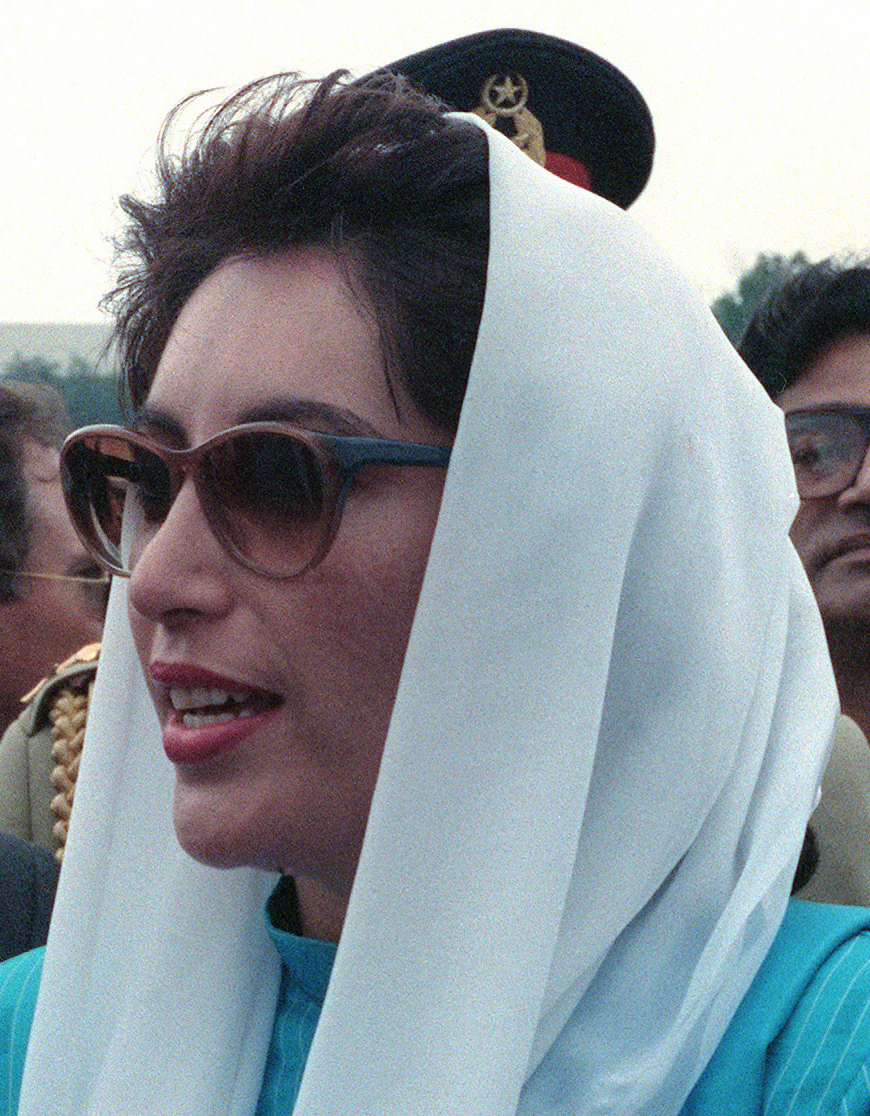
Although not elected until 1988, Benazir Bhutto of Pakistan holds the distinction of being the first woman elected as head of government in a majority Muslim nation. Her tenure was marred by corruption and she was eventually assassinated while campaigning for a third term. However, she remains a symbol of female empowerment, inspiring Malala Yousafzai to aspire to one day be the prime minister of Pakistan.
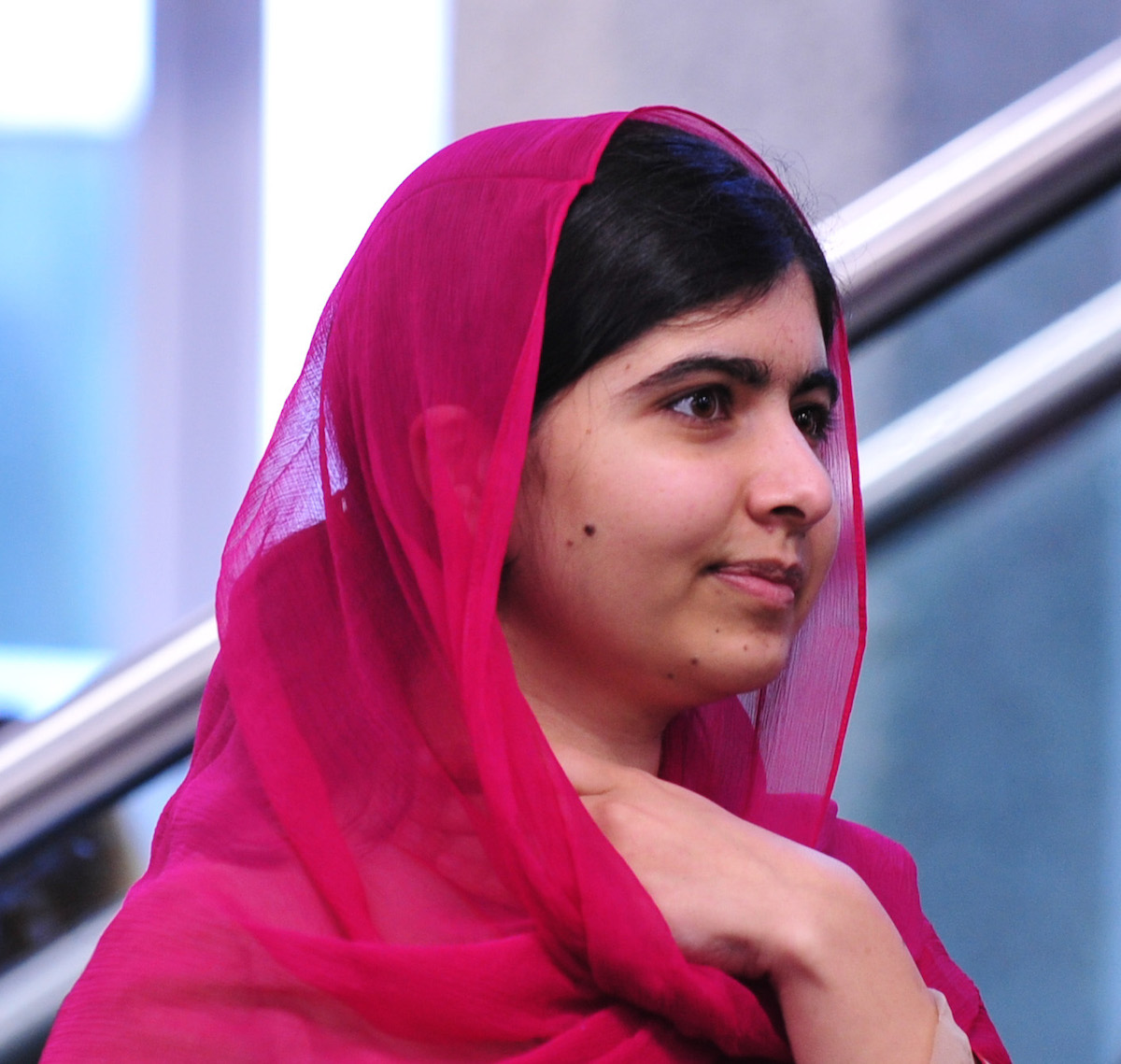
It allowed me to recognise the potential that I had, and that I can have as a woman, to achieve anything in my life. My dream changed from becoming a doctor to becoming the prime minister of Pakistan. – Malala Yousafzai
Corazon Aquino
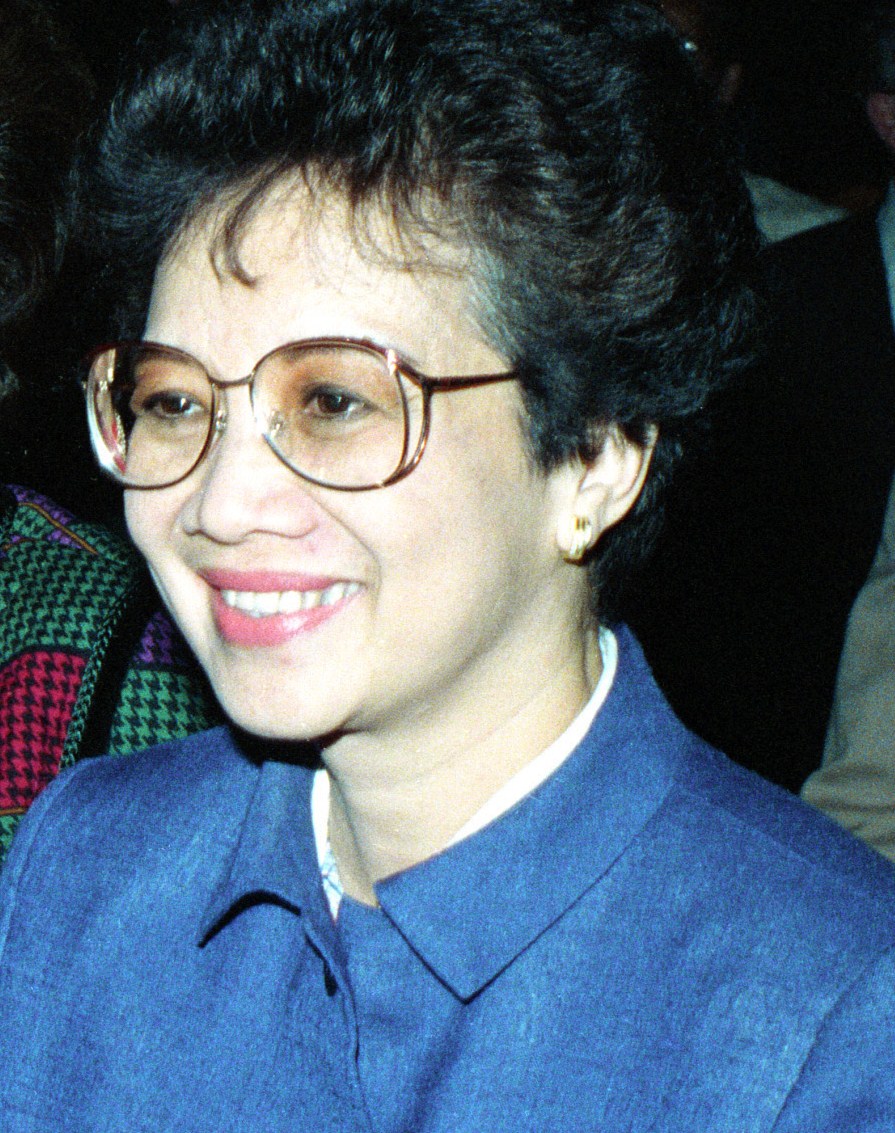
The first female president in the Philippines, and in Asia outside of the subcontinent, Corazon Aquino was elected in 1986. She is remembered in the Philippines as ‘the mother of the Philippine democracy’ for leading the country through its transition from dictatorship to democracy.
Western women in power
Margaret Thatcher
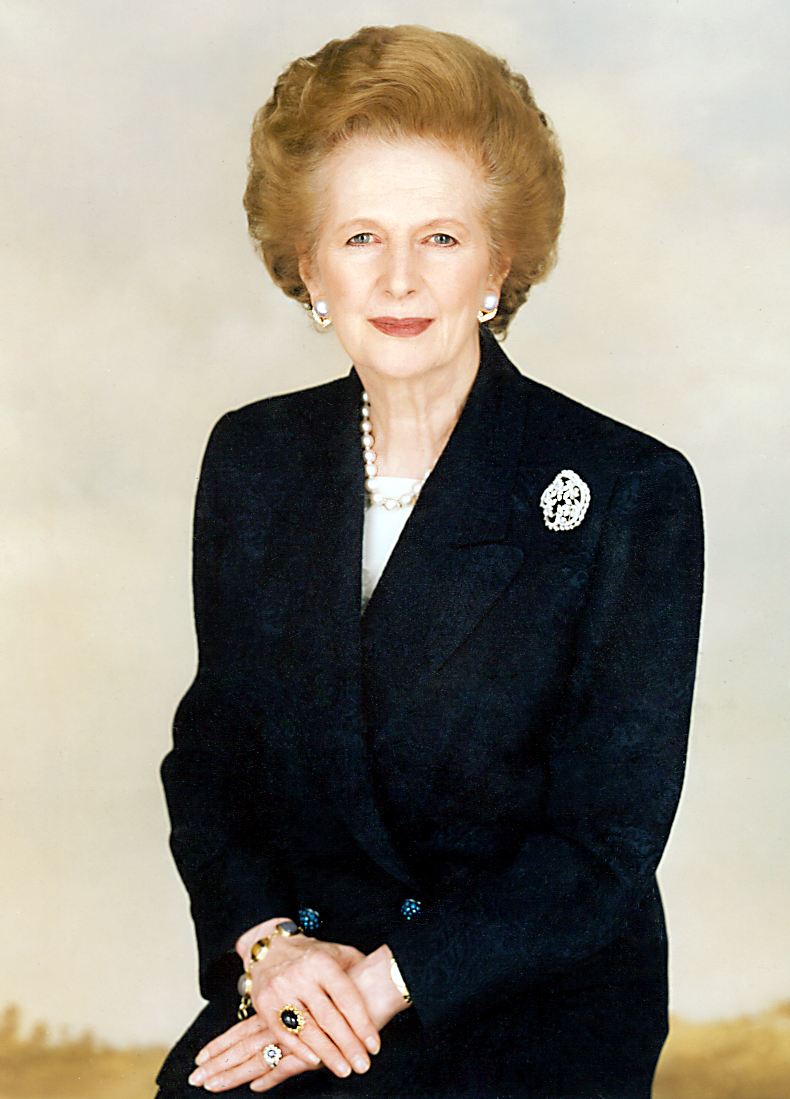
The western world did not see its first female head of state or government until Margaret Thatcher in 1979. She was a staunch conservative and controversial leader who set about dismantling a number of social welfare programs, battling the unions and privatising social housing and public transport. Her lasting impact is still felt today as Thatcherism is used to describe certain aspects of the current British government. Donald Trump and Theresa May recently bonded over their love of Thatcher.
Julia Gillard
The Kiwis beat the Aussies, with two female prime ministers – Jenna Shipley (1997-1999) and Helen Clark (1999-2008). Although she wasn’t elected to the position, Julia Gillard remains the first and only woman to be Prime Minister of Australia. And she faced an astonishing amount of misogyny and sexism during her time as leader. But she wasn’t afraid to call it out, delivering a powerful speech to parliament, that went viral around the world.
Angela Merkel
Angela Merkel is first woman to be Chancellor of Germany. First elected in 2005, she has been Chancellor ever since. Angela has been called the de facto leader of the European Union and the ‘liberal west’s last defender’ now that Obama has left office. She was ranked third on the 2016 Forbes list of the most powerful people in the world, behind Vladimir Putin and Donald Trump, was named the most powerful woman on the list for a record tenth time.
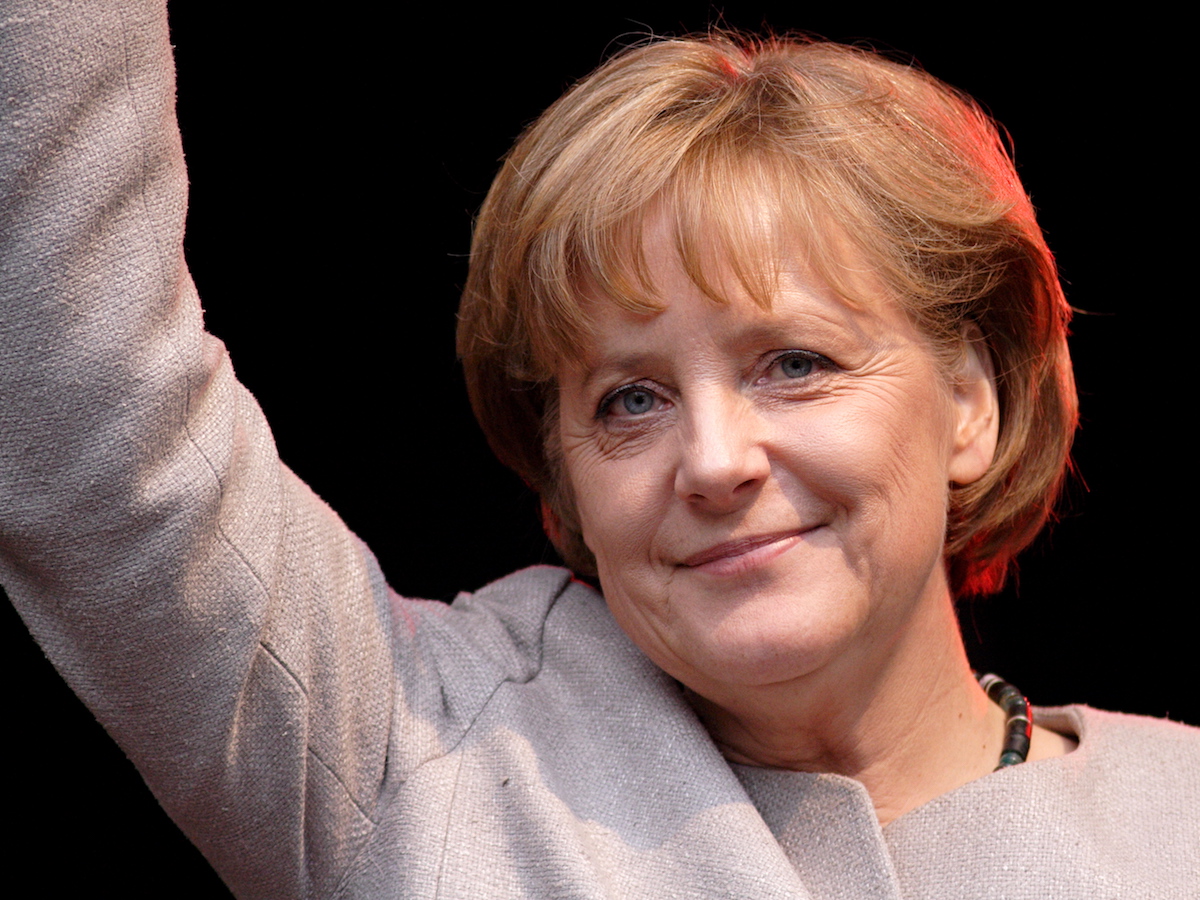
I’ve never underestimated myself. There’s nothing wrong with being ambitious. – Angela Merkel
Legacies that live on
Women have risen to the top in countries all over the world. They have led OECD and LECD countries, Christian nations, Muslim states, republics and Commonwealth nations. Female leaders have steered nations through war and times of peace, and had a lasting impact on history.
Hillary Clinton’s defeat in the U.S. may have illuminated the difficulties women face when running for positions of power, the women on this list prove that it can and has been done before, and hopefully inspire future generations to run for office.

